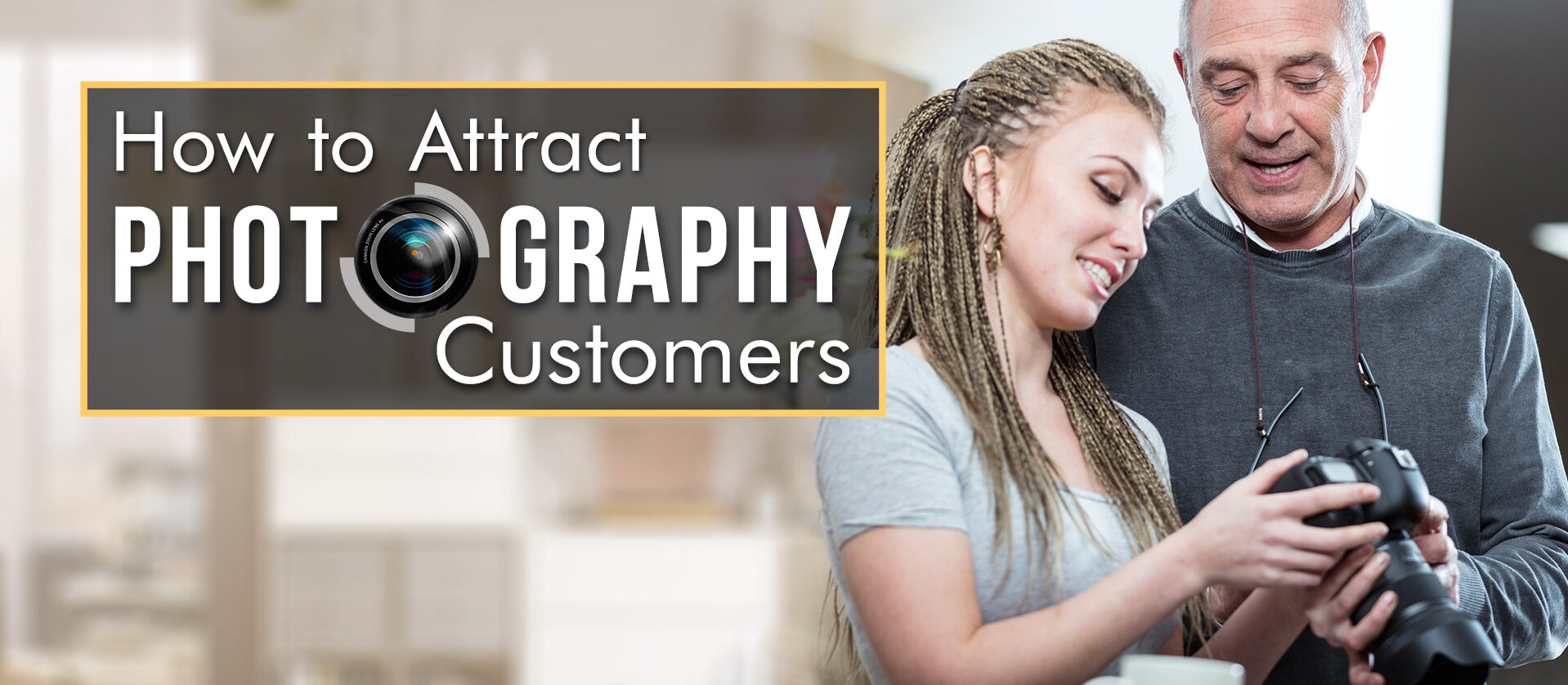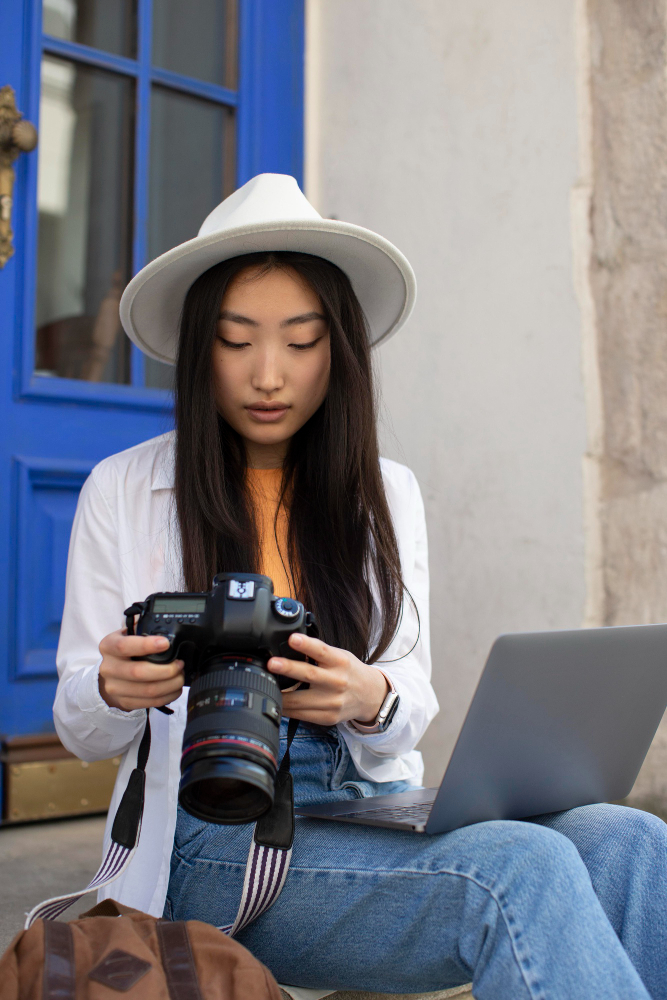Tips for Using a Wide Angle Lens
All of us like to stay current with new breakthroughs and tips relating to photography on a regular basis. The lens category of photography is one of the most important since it alone has the ability to enhance what is already there and even include what we might not have been able to see otherwise in the case of a wide angle lens.
Wide angle lens are usually exclusively the domain of the professional. Have you ever tried to cram thirty people into a single photograph? You can try to stack them, have some of them sit on the floor or even ask some of them at the back to jump at the press of the shutter, but it never seems to work out. getting everyone in the shot is difficult if your camera lens is not wide enough and you have to move yourself further back to accommodate. When shooting indoors with flash, moving back may even cause an underexposed photograph.
Apart from the purpose of getting good group photographs, shooting wide angle lets you portray the scene in full detail with unusual and even exaggerated perspectives. This is especially true of using a super wide angle. Small objects can be made to appear larger than larger objects within the same scene, just like the illusion boxes you see at carnivals. When used well, it can bring attention to the subject of interest in the foreground.
Lenses are categorized by their focal lengths, which are super wide angle (10~24mm), wide angle (24~35mm), standard (about 50mm), telephoto (70~300mm), super telephoto (300mm and beyond). The focal length is what these numbers represent. The number describes the field of view of the lens. Incidentally, the human eye sees at the approximate field of view of a 50mm lens.
Shooting with a wide angle is basically one way of depicting a scene using a wider field of view, which is achieved by using a lens with a focal length of less than 50mm on a 35mm film SLR camera.
An inherent characteristic of camera lenses is that wide angle lenses come with more depth-of-field compared even to telephoto lenses. This reduces focusing errors to some extent, which means that you can focus on anything around the center of the frame and get a sharp image. A small aperture further increases the chance of a sharp image. A good rule of thumb is the ‘1/3 of the distance rule’.
Look inside your camera viewfinder and estimate the distance from the nearest point that is visible in the viewfinder to the furthest point that is also visible in your viewfinder. Focus on a point that is roughly one-third of the total distance away from you. If you cannot use autofocus effectively on that point, you can estimate the distance and manually focus your lens by using the distance scale. A small aperture gives you more depth of field, so use it if at all possible. That is also why it’s good to carry a tripod, which will let you use smaller apertures.
Published here by Ray Baker. Ray guides you on starting a photography business and places strong emphasis on profitability issues & guidelines. This is where you can learn more on Photoshop. If you are seeking photography insights, help (mostly free) try a digital photography tip or two. For brief reviews on services or equipment (many free) see photography equipment

